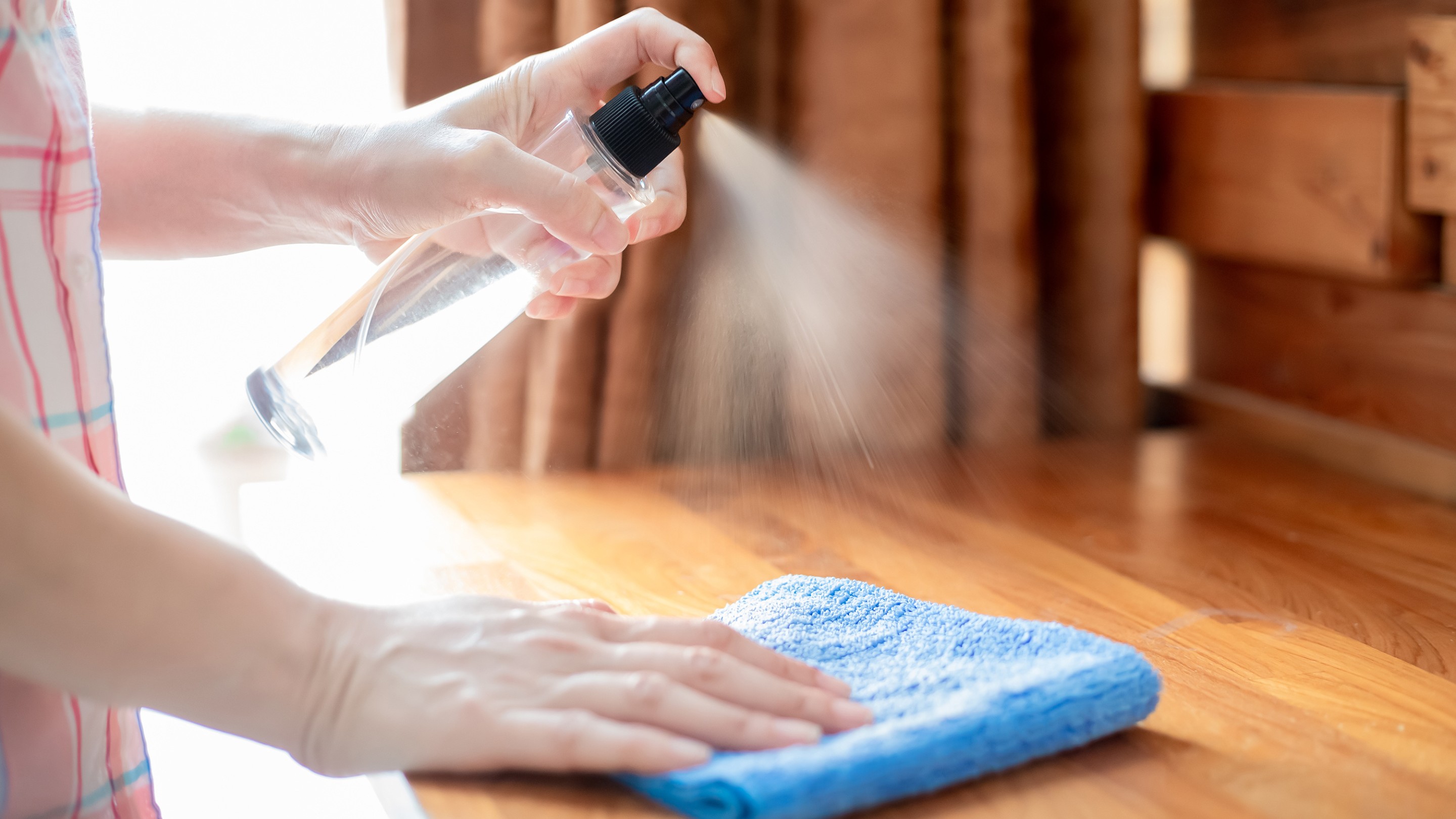

Articles
How To Get Smell Out Of Wood Furniture
Modified: October 28, 2024
Learn how to effectively remove unpleasant odors from your wood furniture using these simple and effective methods. Keep your furniture smelling fresh and inviting with these easy steps.
(Many of the links in this article redirect to a specific reviewed product. Your purchase of these products through affiliate links helps to generate commission for Storables.com, at no extra cost. Learn more)
Introduction
Welcome to our comprehensive guide on how to get rid of unpleasant odors from wood furniture. Wood furniture adds warmth and elegance to any space, but over time, it can develop certain smells that can be quite bothersome. Whether it’s due to spills, pet odors, or simply aging, dealing with a stinky piece of furniture can be challenging.
Fortunately, there are several effective methods to banish those odors and restore your wooden furniture to its former glory. In this article, we will take you through step-by-step instructions on how to eliminate unwanted smells using both natural remedies and commercial odor eliminators.
Before we begin, it’s important to note that the approach you take will depend on the source of the odor and the type of wood furniture you have. Different materials and finishes require different cleaning methods, so be sure to check the care instructions for your furniture before proceeding.
Now, let’s dive into the various techniques you can use to get rid of that unpleasant smell and bring new life to your wood furniture.
Key Takeaways:
- Say goodbye to unpleasant odors in wood furniture by following our comprehensive guide. From natural deodorizers to commercial products, you have a range of options to restore your furniture’s freshness.
- Prevent future odors and maintain the beauty of your wood furniture with our tips. Regular cleaning, moisture control, and odor-absorbing materials will help prolong its lifespan and keep it smelling fresh.
Read more: How To Get Smells Out Of Furniture
Understanding the Odor Source
Before you start treating the odor, it’s important to understand where it is coming from. Identifying the source of the smell will help you determine the best course of action for eliminating it.
There are several common causes of odors in wood furniture:
- Spills and stains: If someone accidentally spills liquid on the furniture or if it has been exposed to moisture for an extended period, it can lead to an unpleasant smell.
- Pet odors: If you have pets, their scent may get absorbed into the wood furniture over time.
- Mold or mildew: If your furniture has been exposed to high humidity or stored in a damp area, it’s possible that mold or mildew has developed, adding to the odor problem.
- Aging and lack of maintenance: Over time, wood furniture can develop a musty smell due to aging or neglect. This can be especially common with antique or vintage pieces.
By identifying the source of the odor, you can tailor your cleaning and deodorizing approach accordingly. For surface spills and stains, a good cleaning may be enough. However, if the odor is deeply embedded or caused by mold, a more intensive treatment may be necessary.
Once you have determined the source of the smell, you can move on to the appropriate cleaning and deodorizing methods.
Cleaning the Surface
One of the first steps in eliminating odors from wood furniture is to clean the surface thoroughly. This will help remove any surface stains, spills, or buildup that may be contributing to the unpleasant smell. Follow these steps to effectively clean the surface:
- Dust the furniture: Start by dusting the furniture using a soft cloth or feather duster. This will remove any loose dirt or debris that may be present on the surface.
- Mix a gentle cleaning solution: Create a solution by mixing warm water with a mild detergent or wood cleaner. Avoid using harsh chemicals or abrasive cleaners, as they can damage the wood.
- Dampen a cloth: Wet a cloth or sponge with the cleaning solution. Make sure it is damp, not soaking wet, as excessive moisture can cause damage to the wood.
- Gently scrub the surface: Using the damp cloth, gently scrub the surface of the furniture. Pay close attention to any areas that may be stained or have an odor. Work in small sections, and be sure to follow the grain of the wood.
- Rinse and dry: After scrubbing, rinse the cloth with clean water and go over the surface again to remove any remaining cleaning solution. Finally, use a dry cloth to thoroughly dry the furniture.
By cleaning the surface, you will remove any surface dirt, residue, or spills that may contribute to the odor. However, if the smell persists after cleaning, it may be necessary to use additional techniques to fully eliminate the odor.
Applying Natural Deodorizers
If the odor lingers even after cleaning the surface of your wood furniture, it’s time to turn to natural deodorizers. These remedies are not only effective in eliminating odors but also safe for your furniture and the environment. Here are some natural deodorizers you can try:
- Baking soda: Baking soda is a versatile and affordable solution for odors. Sprinkle a generous amount of baking soda on the surface of your furniture and let it sit for several hours or overnight. Then, use a soft brush or cloth to remove the baking soda, and vacuum any residue. Baking soda helps absorb unwanted smells and leaves your furniture smelling fresh.
- Vinegar: White vinegar is another excellent natural deodorizer. Mix equal parts of water and vinegar in a spray bottle and lightly mist the surface of the furniture. Allow it to air dry. While the vinegar scent may be strong initially, it will dissipate as it dries, taking the unwanted odor with it.
- Coffee grounds: Coffee grounds not only help mask odors but also absorb them. Place a small bowl of fresh coffee grounds on a saucer and keep it near the furniture. Alternatively, you can also wrap the coffee grounds in a breathable cloth and place it directly on the furniture. Leave it for a few days to allow the coffee grounds to absorb the odor.
- Citrus peel: Citrus peels, such as lemon, orange, or grapefruit, have natural deodorizing qualities. Place the peels in a breathable cloth or an open container and position it near the furniture. The citrus scent will help mask the odor while also providing a refreshing aroma.
- Activated charcoal: Activated charcoal is highly effective in absorbing odors. Place a few small bowls of activated charcoal near the furniture or place charcoal sachets directly on the surface. Leave it for a few days to allow the charcoal to absorb the unwanted smells.
Remember to experiment with these natural deodorizers and choose the method that works best for your specific situation. In some cases, a combination of these remedies may be more effective. Be patient as it may take some time for the deodorizers to fully neutralize the odor.
If the natural deodorizers do not eliminate the smell, you may need to resort to stronger commercial odor eliminators.
Mix equal parts of white vinegar and water in a spray bottle. Lightly mist the affected area and wipe with a clean cloth. The vinegar will help neutralize the odor in the wood furniture.
Using Commercial Odor Eliminators
If natural deodorizers haven’t been successful in eliminating the odor from your wood furniture, it may be time to turn to commercial odor eliminators. These products are specifically formulated to neutralize odors and are readily available in stores or online. Here are some options to consider:
- Odor-neutralizing sprays: Look for sprays that are designed specifically for removing odors from furniture. These sprays often contain enzymes that break down the odor-causing molecules. Simply spray the product onto the surface of the furniture and allow it to air dry.
- Ozone generators: Ozone generators release ozone molecules that effectively neutralize odors. Keep in mind that ozone generators require proper ventilation and should be used with caution. Follow the manufacturer’s instructions carefully when using these devices.
- Odor-absorbing gels or pouches: These products typically contain activated charcoal or other absorbent materials that trap and neutralize odors. Place the gel or pouch near the furniture or directly on the surface and allow it to work its magic over time.
- Upholstery and fabric deodorizers: If your wood furniture has fabric or upholstery components, using a fabric deodorizer can help eliminate any lingering smells. Look for products specifically designed for fabric surfaces and follow the instructions on the label.
When using commercial odor eliminators, always read and follow the instructions provided by the manufacturer. Different products may have specific application methods and usage guidelines. Be patient and give the product sufficient time to work, as some odors may require multiple applications.
If commercial odor eliminators still don’t solve the problem, it may be necessary to consider more intensive treatments like sanding and refinishing.
Read more: How To Get Smoke Smell Out Of Furniture
Sanding and Refinishing
If the odor in your wood furniture persists even after trying various cleaning methods and deodorizers, it may be necessary to resort to sanding and refinishing. This is a more intensive treatment option that can effectively remove deep-seated odors that have penetrated the wood. Here’s how to go about it:
- Select a well-ventilated area: Choose a well-ventilated area, ideally outdoors or in a space with good airflow, as sanding can create a lot of dust and fumes.
- Prepare the furniture: Remove any hardware, such as knobs or handles, and thoroughly clean the surface of the furniture to remove any dirt or grime.
- Sand the furniture: Using medium-grit sandpaper or a sanding block, gently sand the entire surface of the furniture, following the direction of the wood grain. This will help remove the top layer where the odor may have absorbed.
- Switch to finer grit sandpaper: Once you have completed the initial sanding, switch to a finer grit sandpaper and go over the surface again. This will help smooth out any rough areas and prepare the wood for refinishing.
- Apply wood stain or sealant: After sanding, you may choose to apply a new layer of wood stain or sealant to help protect the wood and enhance its appearance. Follow the instructions on the product for application and drying time.
- Allow the furniture to air out: After refinishing, allow the furniture to air out in a well-ventilated area to let any remaining odor dissipate.
Sanding and refinishing can be a time-consuming process and should be approached with caution, especially if you are dealing with valuable or antique furniture. If you are unsure or uncomfortable doing it yourself, it’s advisable to seek the assistance of a professional.
By sanding and refinishing the furniture, you are essentially removing the top layer of wood where the odor may have seeped in. This treatment can effectively eliminate deep-seated odors and bring back the natural beauty of the wood.
Once your furniture is odor-free, it’s important to take steps to prevent future odors from developing.
Preventing Future Odors
After successfully eliminating the odor from your wood furniture, you’ll want to take preventive measures to ensure it stays fresh and odor-free. Here are some tips to help you prevent future odors:
- Keep the furniture clean: Regularly dust and clean your furniture to prevent the buildup of dirt, dust, and grime. Wipe up any spills or stains immediately to minimize the chance of odors developing.
- Avoid exposure to moisture: Moisture can cause mold and mildew to develop, leading to unpleasant odors. Keep your furniture away from humid areas or sources of water, and use coasters or protective mats to prevent liquid damage.
- Control humidity levels: Use a dehumidifier or ensure proper ventilation in the room to control moisture levels. Maintaining optimal humidity helps prevent the growth of mold and mildew, reducing the chances of odors forming.
- Use odor-absorbing materials: Place natural deodorizers, such as baking soda or activated charcoal, in the vicinity of your furniture to absorb any potential odors before they become a problem.
- Avoid harsh chemicals and strong odors: Limit the use of strong cleaning chemicals or products with overpowering fragrances near your furniture. These can leave residues or create competing odors that may be unpleasant.
- Keep pets away: If you have pets, try to keep them away from your wood furniture to prevent pet odors from seeping into the wood.
- Regularly inspect and maintain: Periodically inspect your furniture for any signs of damage, such as cracks or loose joints, as these can trap odors. Repair or address any issues promptly to prevent further problems.
By implementing these preventive measures, you can maintain a fresh and pleasant-smelling environment for your wood furniture. Regular maintenance and care will help extend the lifespan of your furniture and prevent the recurrence of odors.
Remember to enjoy the beauty and functionality of your wood furniture while keeping it odor-free. With proper care and attention, it can continue to enhance your space for years to come.
Conclusion
Dealing with unpleasant odors in wood furniture can be frustrating, but with the right approach, you can successfully eliminate the smells and restore your furniture to its former glory.
In this comprehensive guide, we’ve explored various techniques for getting rid of odors from wood furniture. From cleaning the surface and applying natural deodorizers to using commercial odor eliminators and considering more intensive measures like sanding and refinishing, you now have a range of options to choose from based on your specific needs.
While natural deodorizers and commercial products can work wonders in most cases, there may be instances where sanding and refinishing become necessary to fully eliminate deep-seated odors. Remember to exercise caution and seek professional assistance if you are unsure about taking on more complex treatments.
Prevention is key to maintaining odor-free wood furniture. Regular cleaning, moisture control, and the use of odor-absorbing materials can help prevent future odors from becoming a problem. By implementing these preventive measures, you can prolong the lifespan of your furniture and enjoy its beauty and functionality for years to come.
Remember, every piece of wood furniture is unique, and different cleaning methods may be required depending on the type of wood and finish. Always consult the care instructions provided by the manufacturer or seek professional advice if you are uncertain.
With the information and techniques provided in this guide, you can confidently tackle any odor issues in your wood furniture. Say goodbye to unpleasant smells, and let the natural beauty of your furniture shine through once again.
Frequently Asked Questions about How To Get Smell Out Of Wood Furniture
Was this page helpful?
At Storables.com, we guarantee accurate and reliable information. Our content, validated by Expert Board Contributors, is crafted following stringent Editorial Policies. We're committed to providing you with well-researched, expert-backed insights for all your informational needs.


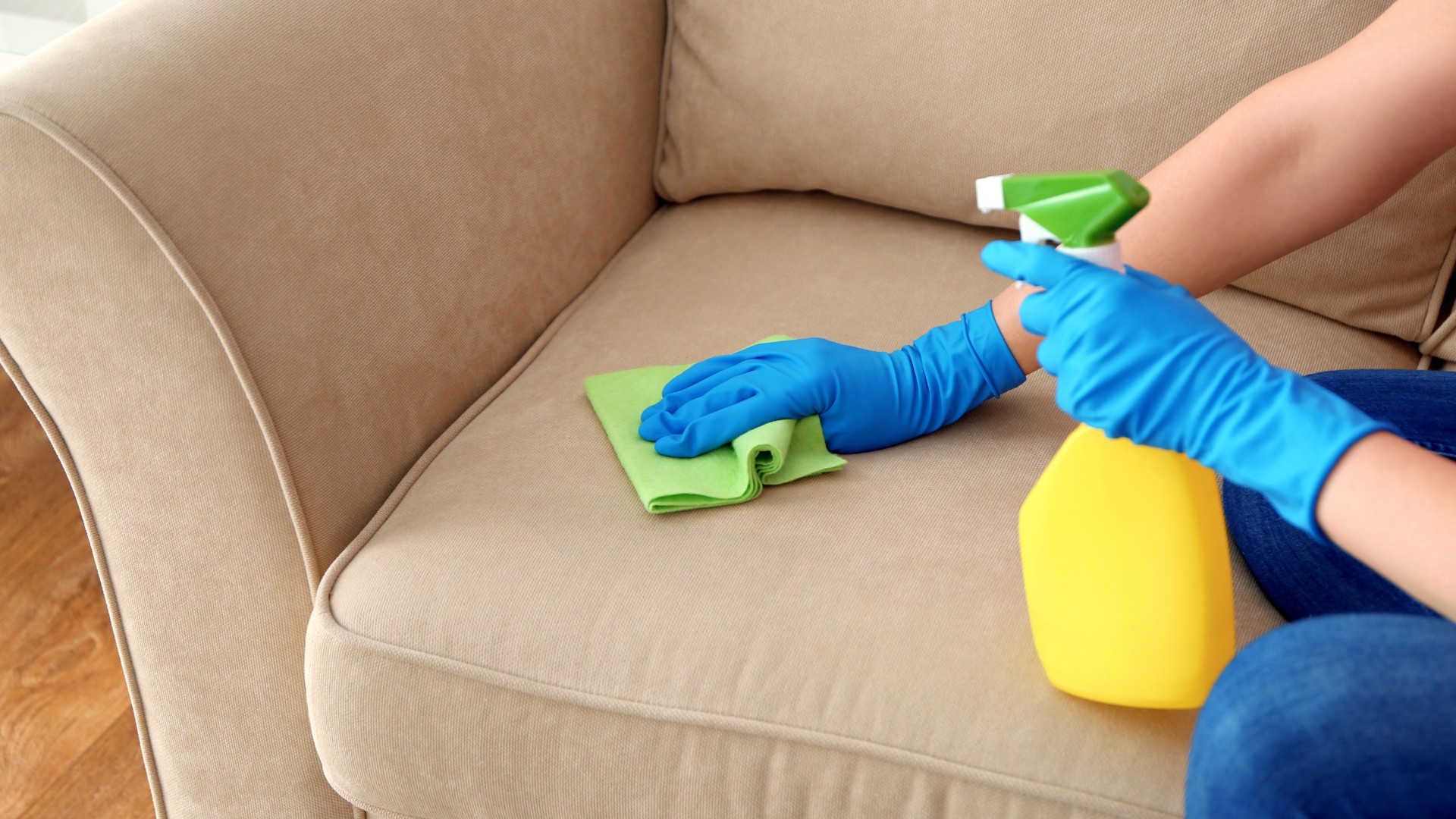


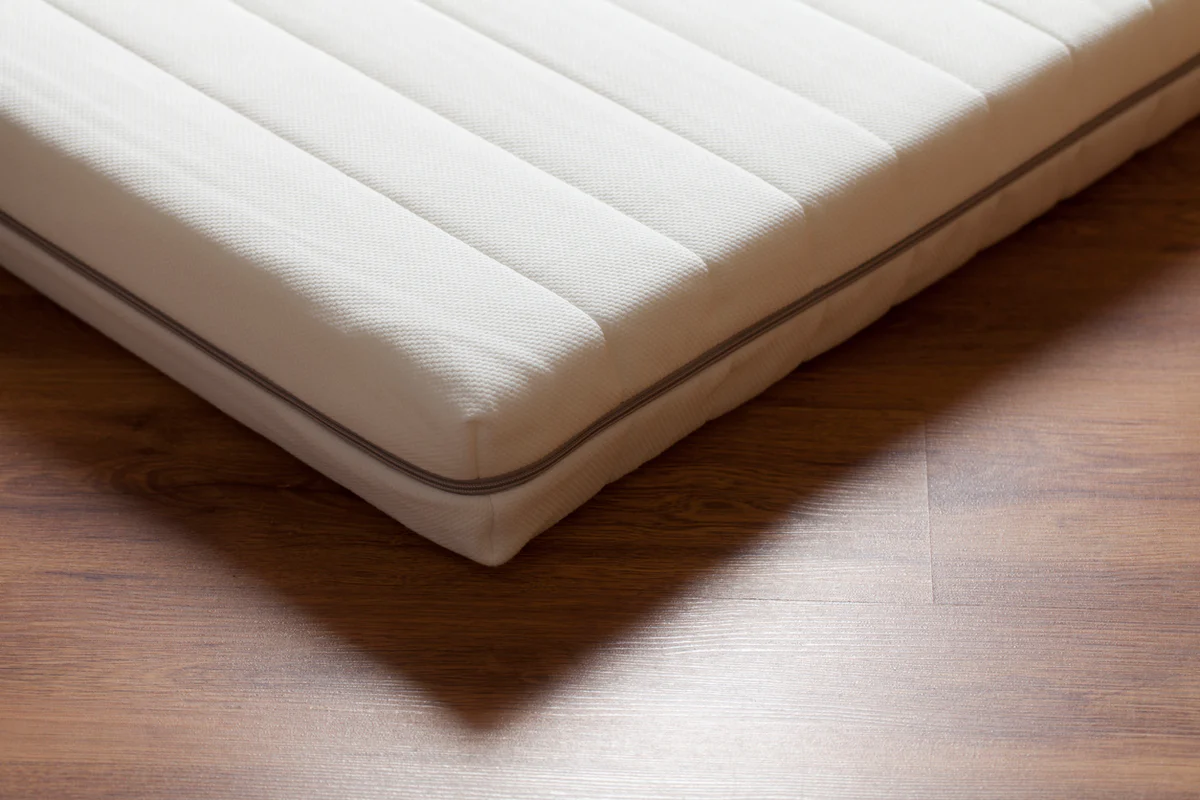
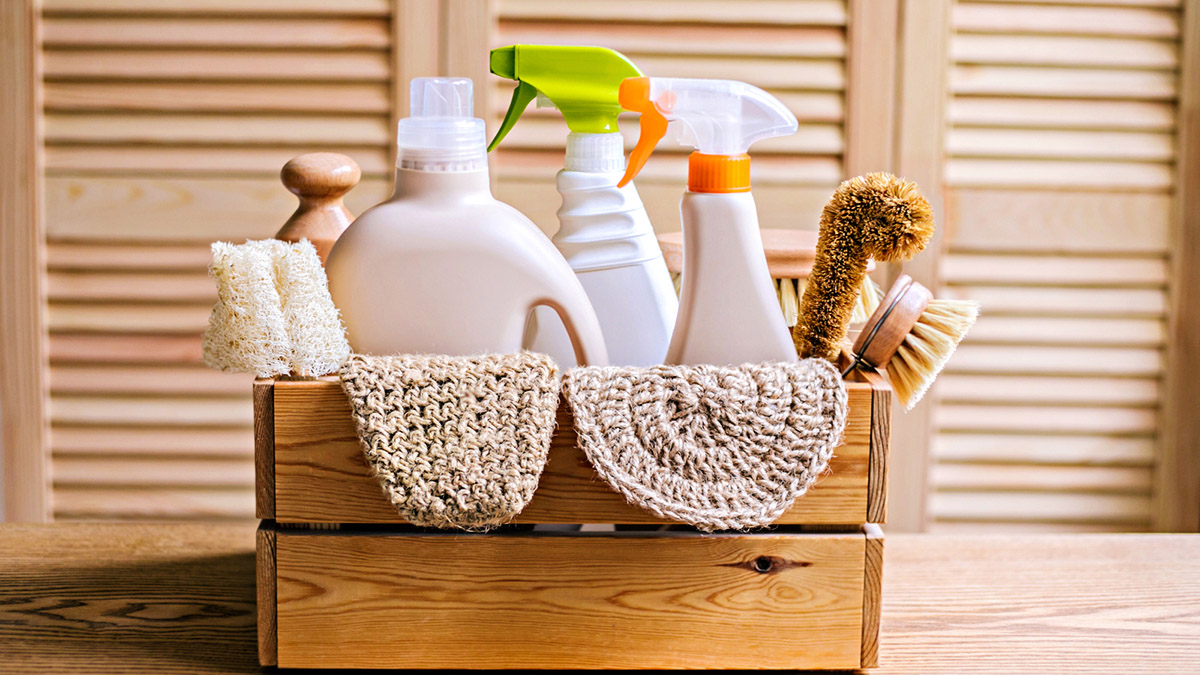
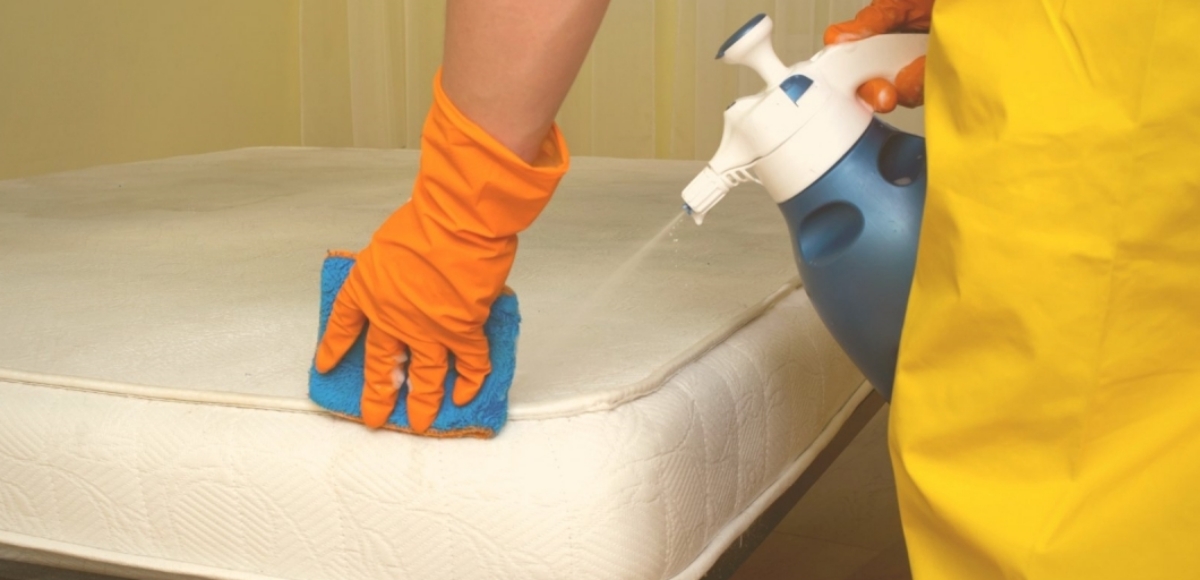
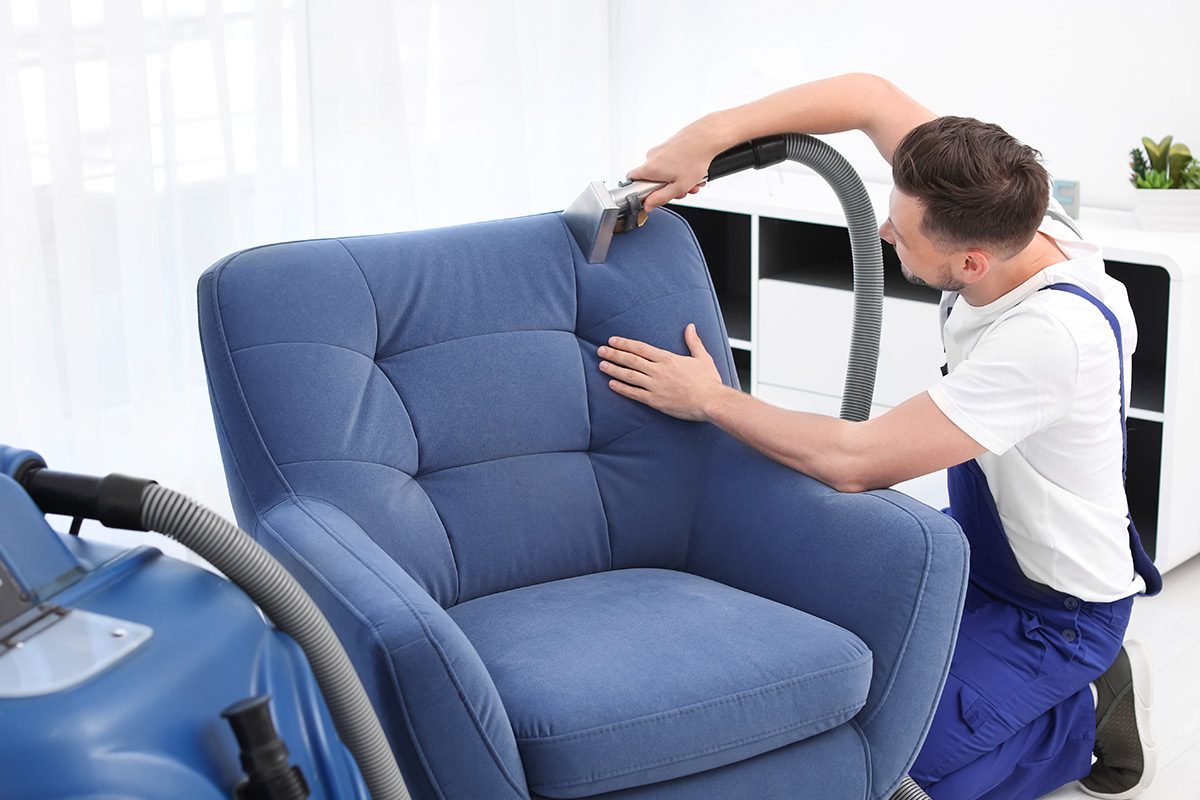


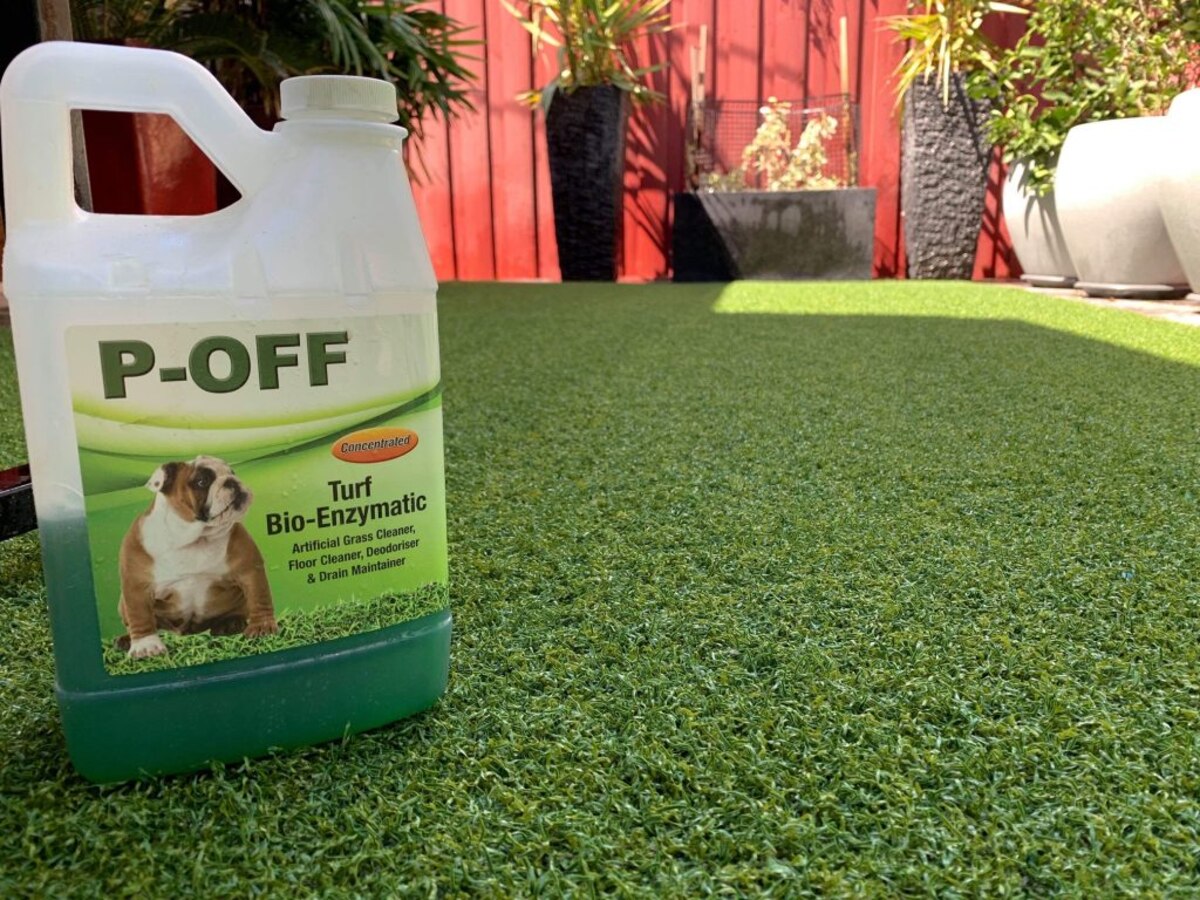

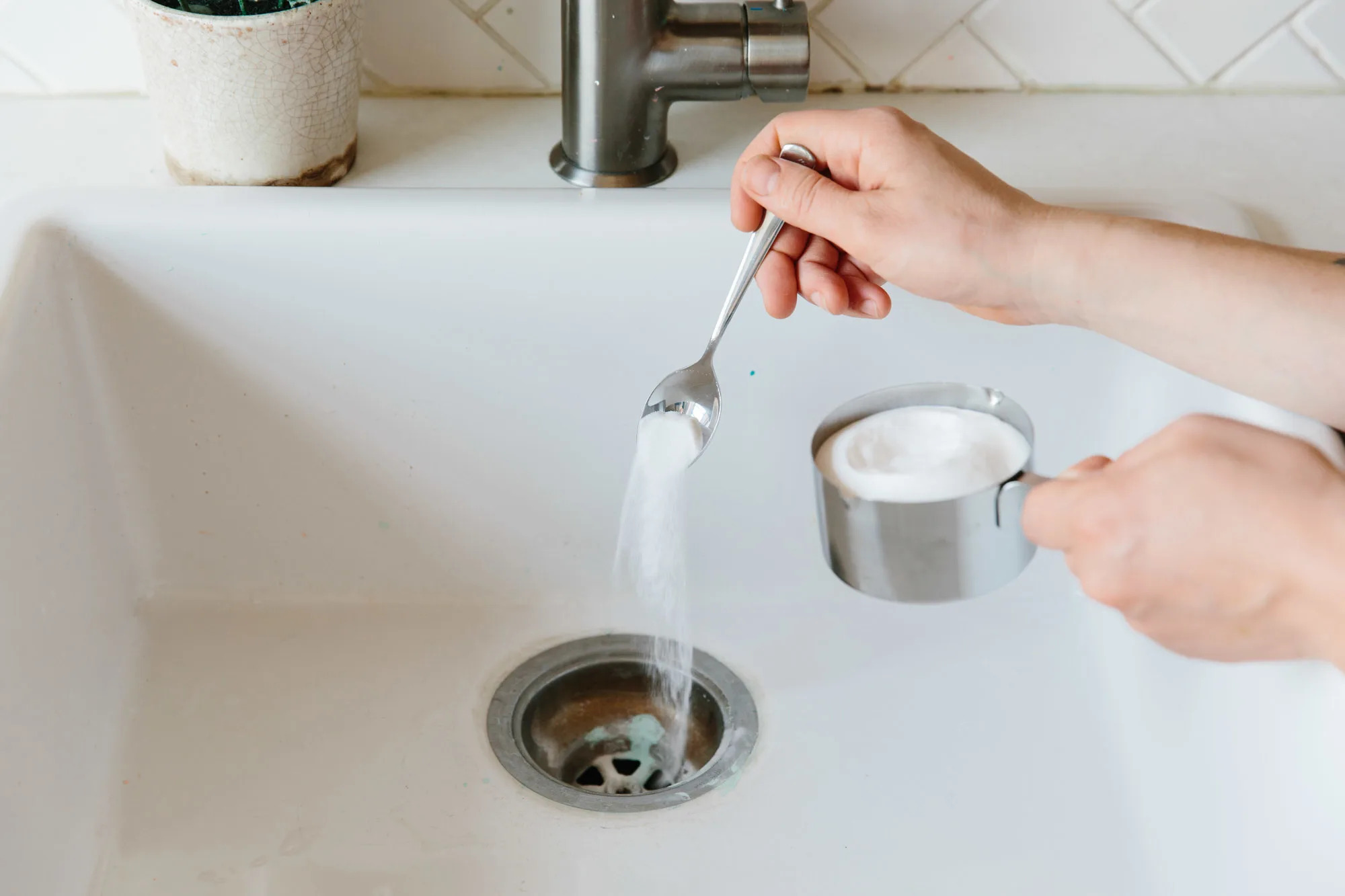

0 thoughts on “How To Get Smell Out Of Wood Furniture”